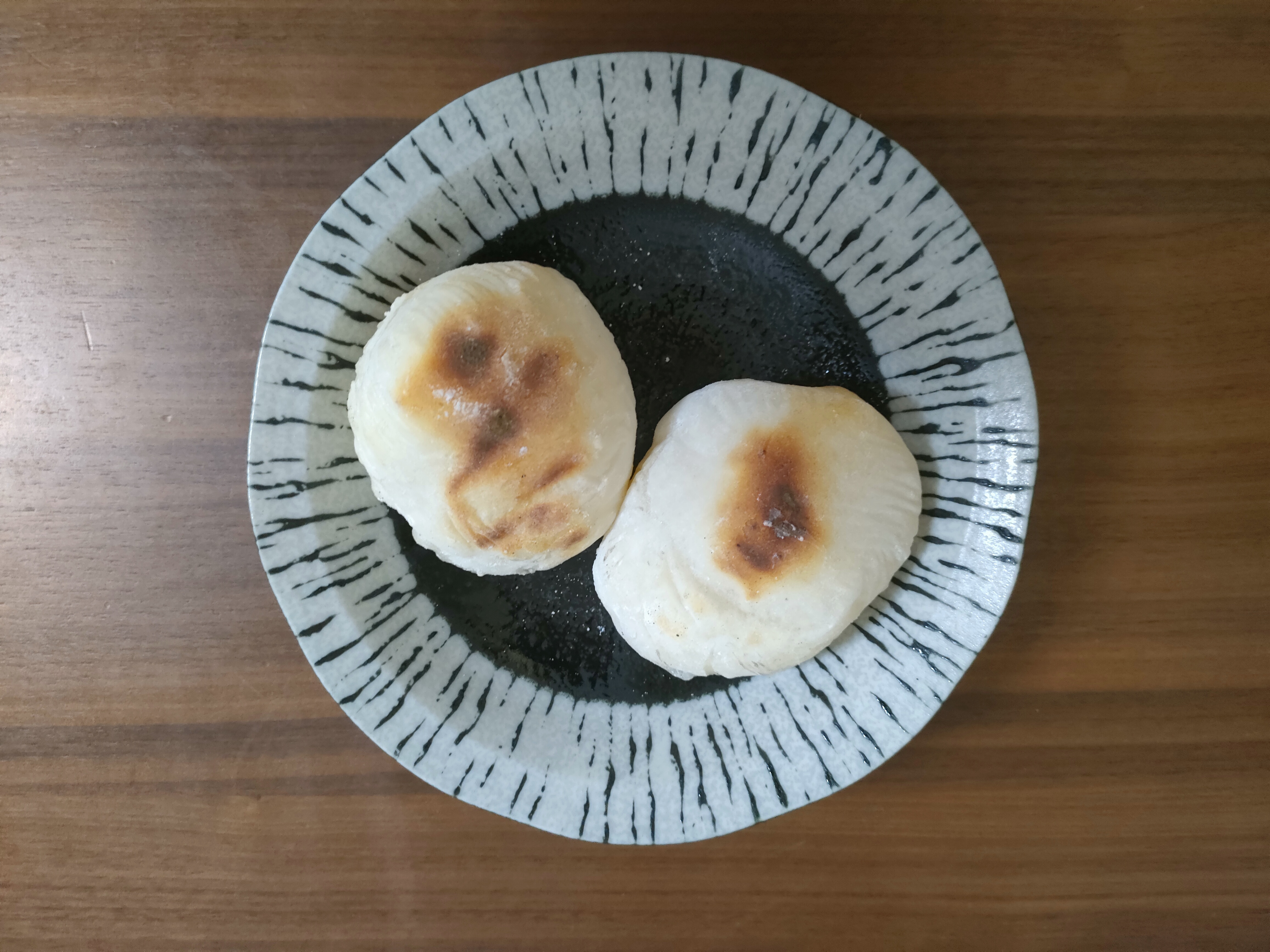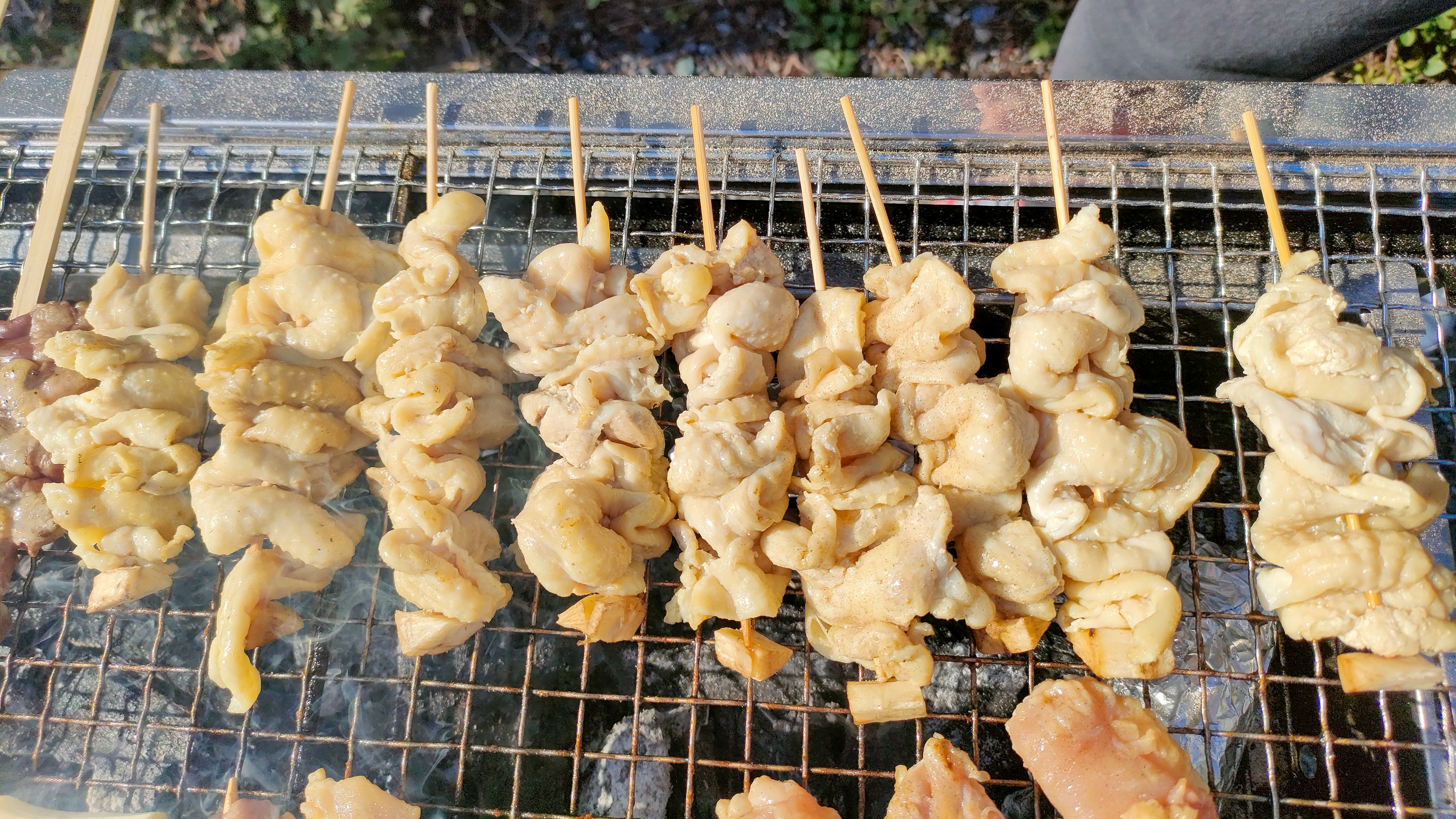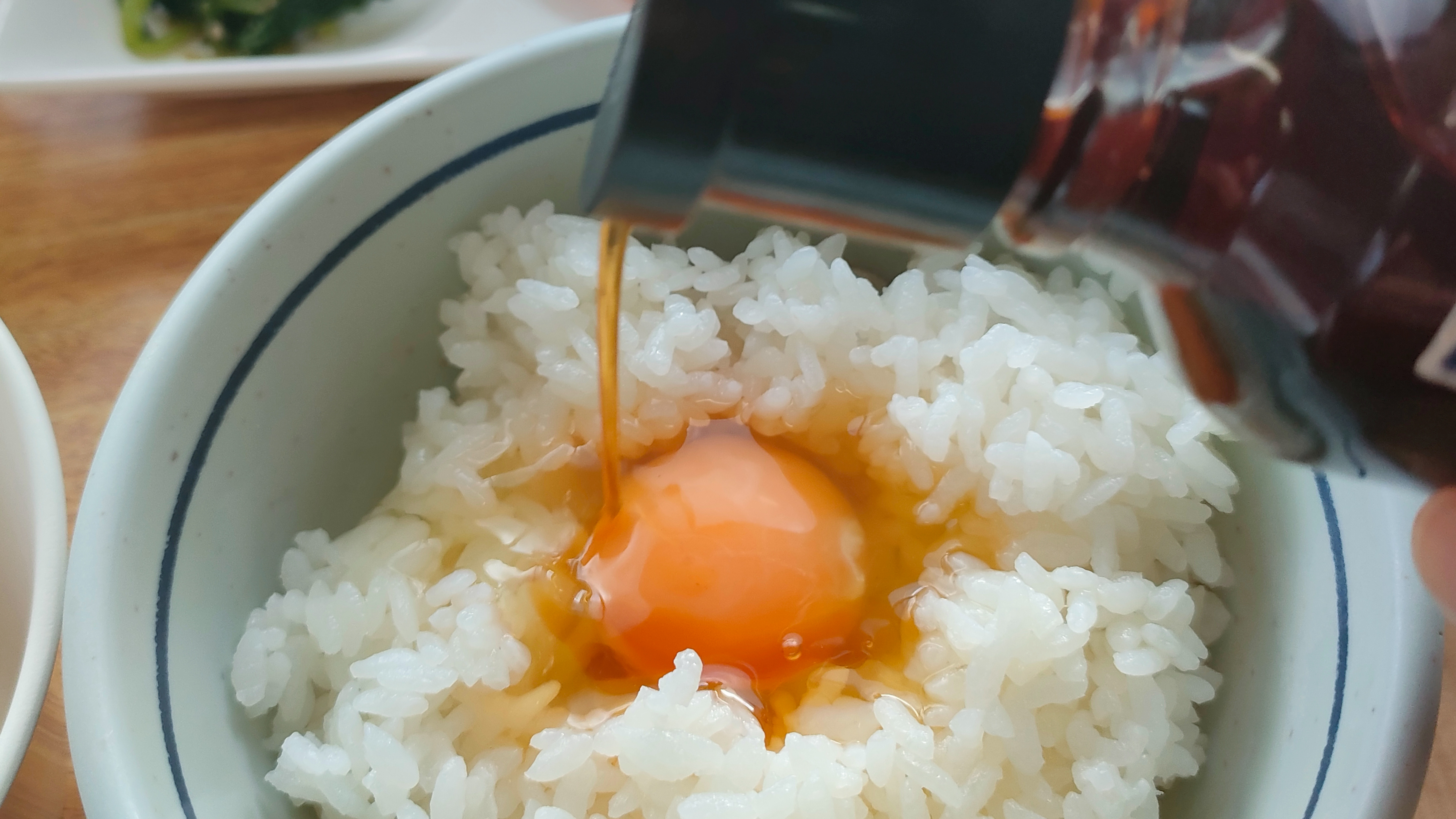Making Hoshigaki (Dried Persimmons)
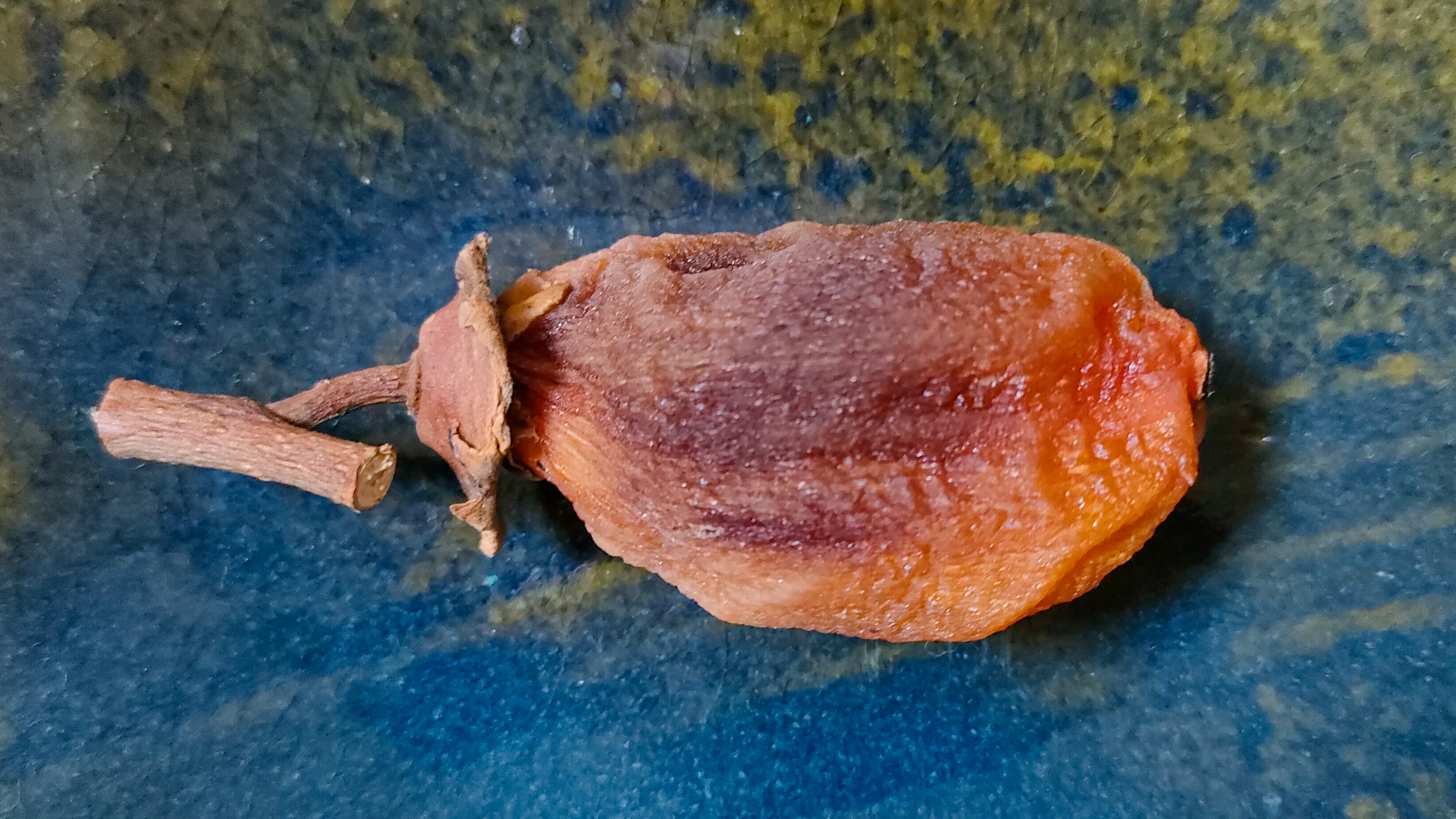
Today, my wife and I ventured into making Hoshigaki (干し柿) , our very first attempt at this traditional delicacy.
Hoshigaki is a classic Japanese winter preserved food, enjoyed for over a millennium. This method of preparation is also known as Tsurushigaki (吊るし柿) , or Hanged Persimmons.
Drying persimmons serves two purposes. Firstly, it extends their shelf life. Persimmons tend to ripen quickly and don’t last long, which led to the development of preservation through drying. Secondly, it neutralizes their astringent taste, attributed to soluble tannin. Through drying, the soluble tannin in persimmons transforms into insoluble tannin. As a result, you can enjoy persimmons without experiencing the astringency.
To create delicious Hoshigaki, it’s crucial to use astringent persimmons. While it’s possible to make dried persimmons from sweet varieties, it’s considered more challenging, as they are prone to mold growth and are less sweet.
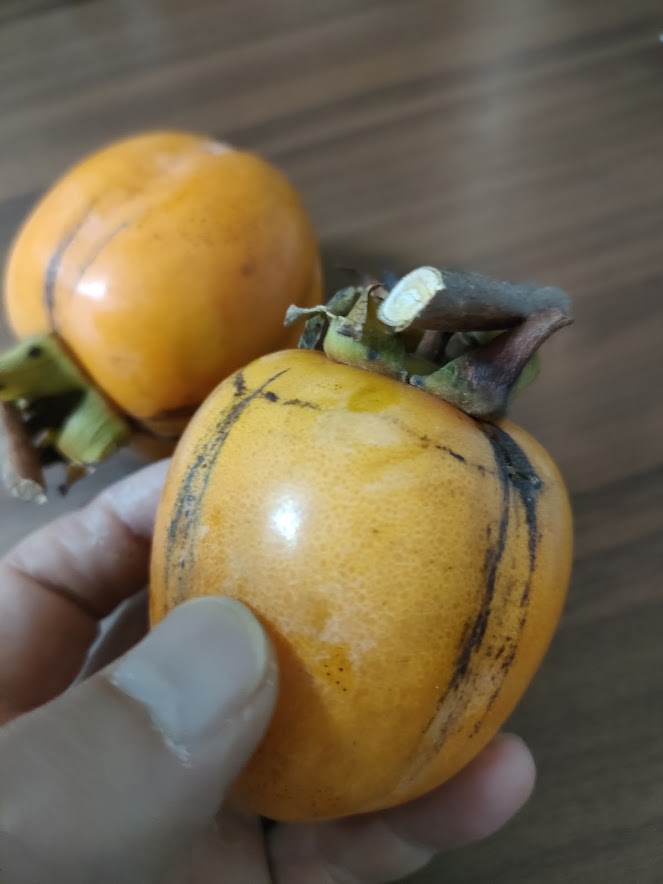
We purchased astringent persimmons from a nearby supermarket and commenced our Hoshigaki-making journey.
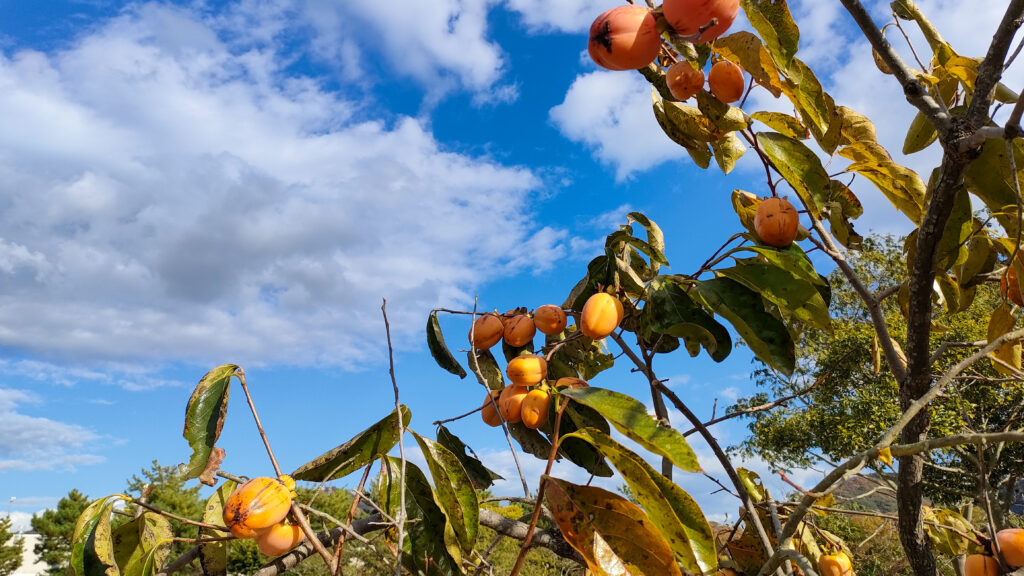
How to make Hoshigaki
Here’s what you’ll need for this recipe:
- Astringent persimmons – In Japan, they are called shibugaki (渋柿) . These should not be sweet; unripe, firm persimmons work best.
- Twine – Opt for twine made from Polypropylene or jute.
- Boiling water – This is used for disinfection and is effective in preventing mold.
- Mist spray bottle and liquor – These tools are also employed for disinfection. It’s recommended to use a liquid with an alcohol content of at least 25%, such as tequila, gin, or vodka. We usually use shochu (焼酎) .
Steps to make Hoshigaki
1.Peel the persimmons
Peel the persimmons, making sure to keep the sepals and small branches intact.
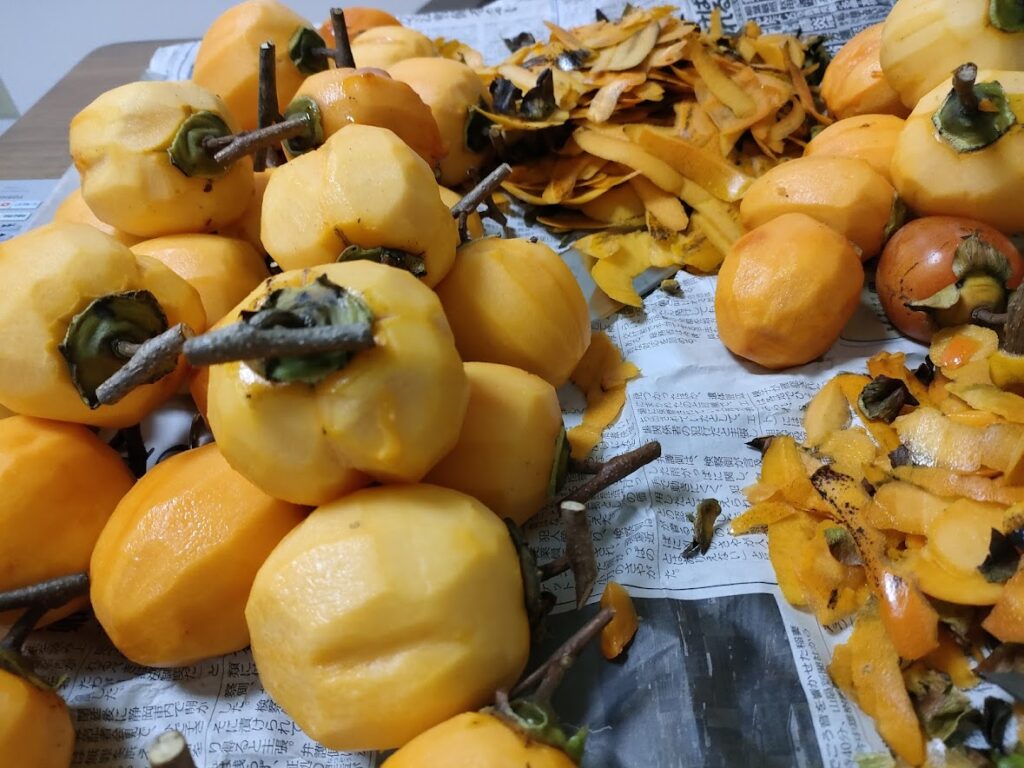
2.Tie the persimmons with twine
Instead of tying, it might be easier to unravel the twine and thread it through the hole in the persimmon branch.
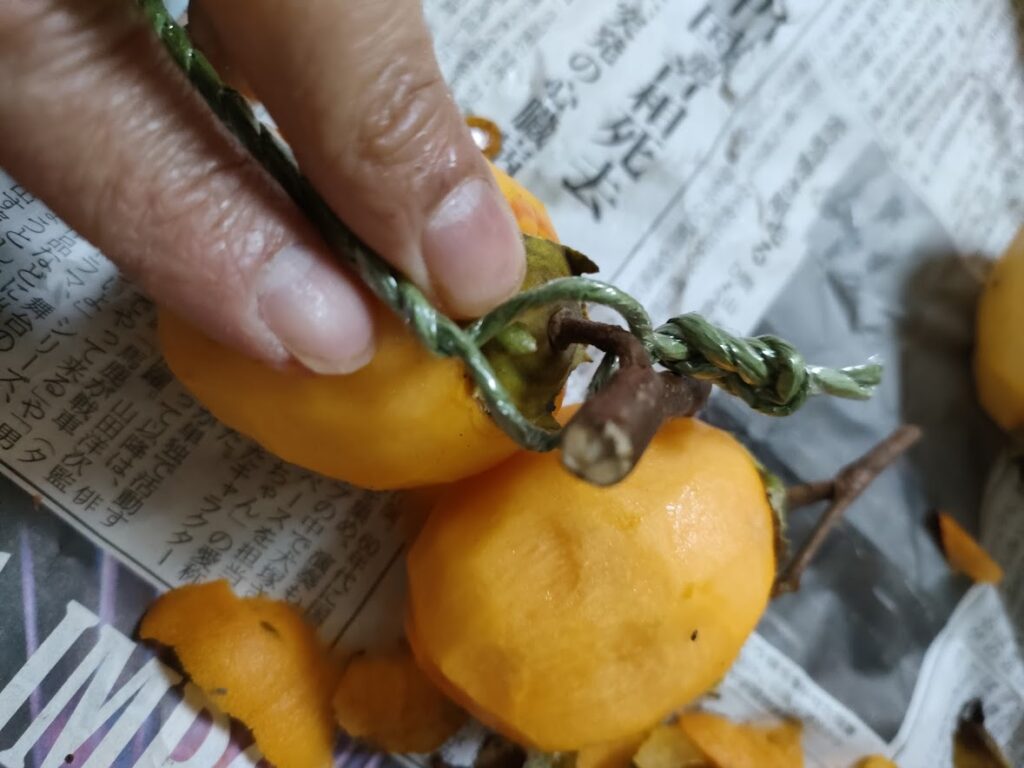
3.Dip the persimmons in boiling water
Quickly dip the persimmons in boiling water for about 5 seconds to disinfect.
4.Hang the persimmons
Hang the persimmons in a well-ventilated area, avoiding exposure to rain.
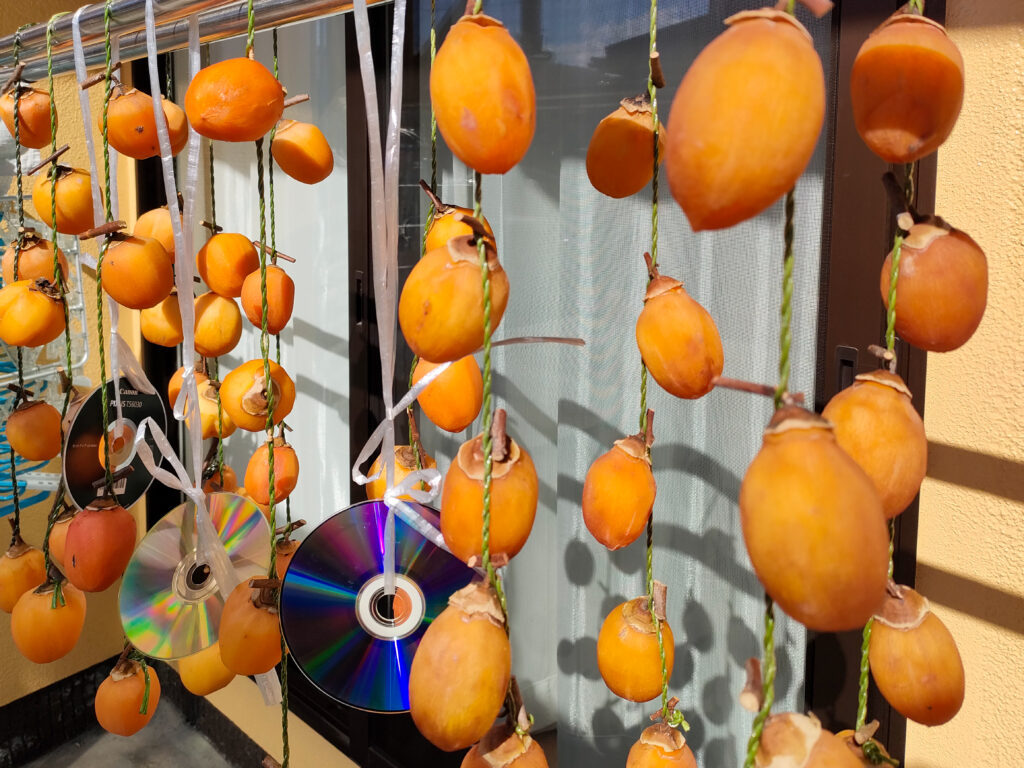
5.Apply the liquor spray
Apply the liquor spray for additional disinfection to prevent mold growth.
6.Dry them for about 2 to 3 weeks
It will be ready after drying for about 2 to 3 weeks. You can enjoy them as they are, or chop them up to sprinkle on salad or mix with yogurt.
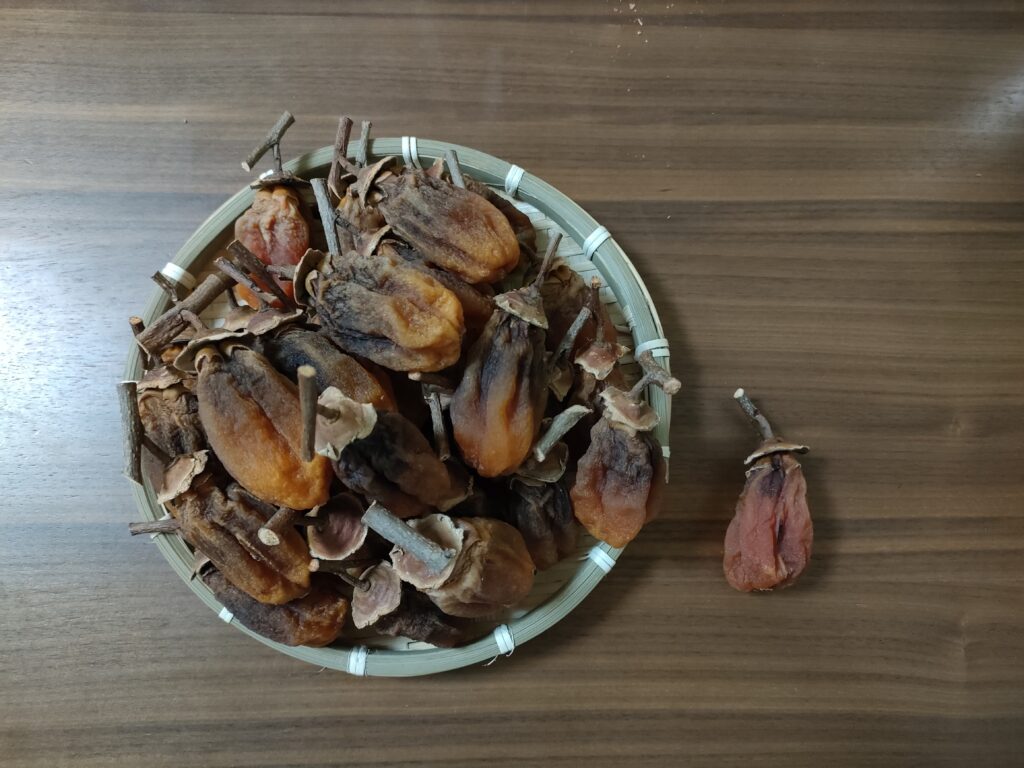
Tips for Delicious Hoshigaki
Around ten days later, gently press and rub the persimmons with your fingers. This will expedite the removal of astringency and enhance their sweetness. However, exercise caution to avoid eating them all during this process. My mother, who used to make Hoshigaki, often found herself indulging before they were fully dried. It’s also though.
After another ten days, your Hoshigaki will be complete. Enjoy!
Frequently Asked Question
Is it safe to consume the white powder on the surface?
The white powder on the surface is actually crystallized sugars from the persimmon. In Japan, it was once collected and used as a sugar substitute, and it is said to have been used as a herbal medicine in China. So it is completely safe to eat.


